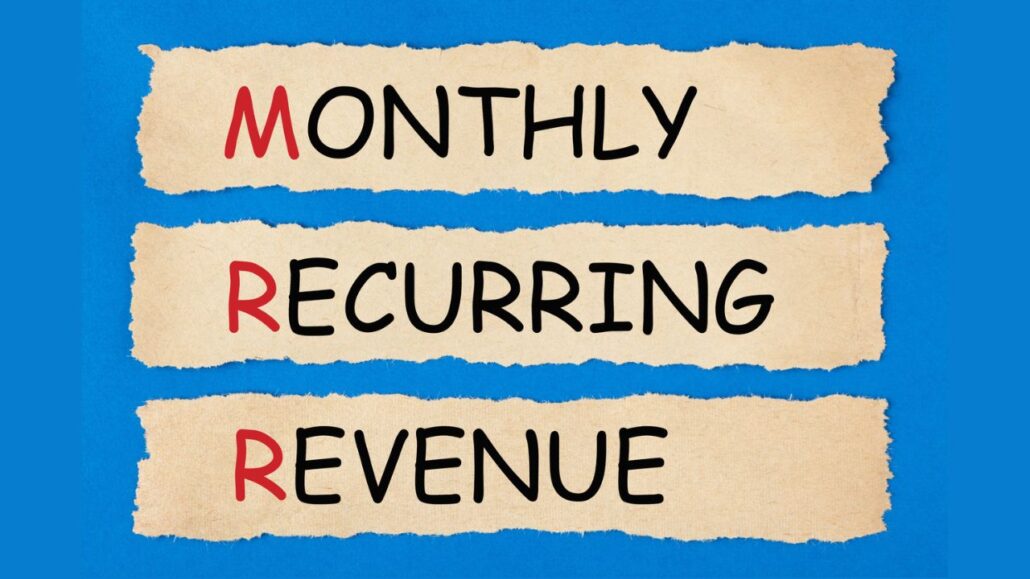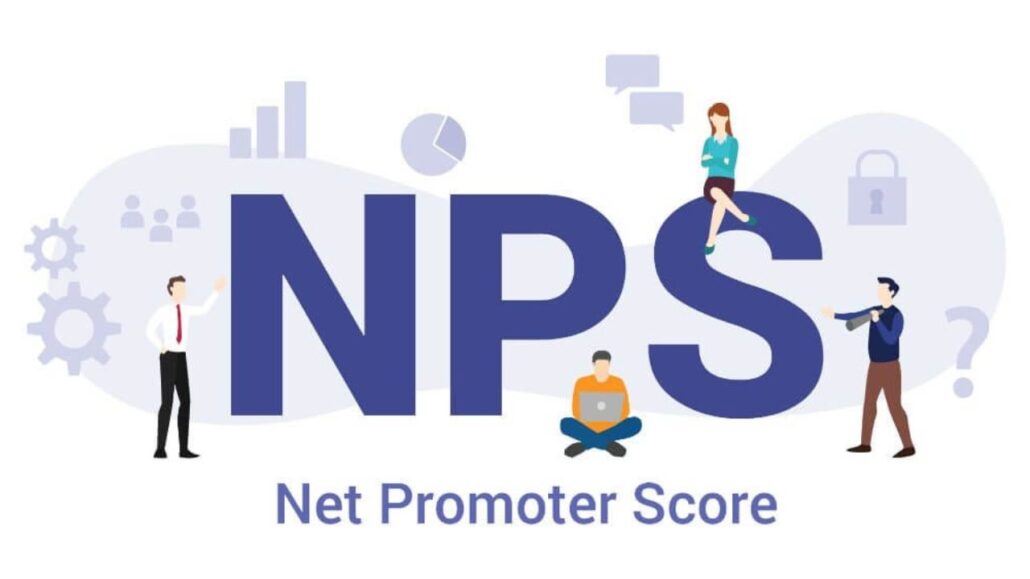Software as a Service (SaaS) companies rely heavily on data-driven decision-making in today’s competitive business landscape. Understanding key metrics is crucial for measuring the success of marketing and sales efforts, as it provides valuable insights into the company’s performance and helps identify areas for improvement. This article will explore the essential SaaS metrics for marketing sales company and sales and discuss how to measure and optimize them effectively.
What are Good SaaS Sales Metrics?
A decent guideline is to follow 5-center SaaS deal measurements. These measurements ought to be attached back to a money-related number.

As per our study, the main 5 measurements that SaaS outreach groups are following in their deals dashboards include:
Client Lifetime Worth (CLTV)
Client Securing Cost (CAC)
Transformation Rate
Month to month Repeating Income (MRR)
Month-to-month Dynamic Clients (MAU)
Monthly Recurring Revenue (MRR)
MRR is a fundamental metric for SaaS metrics marketing sales companies, representing the predictable revenue generated from subscription-based services. To calculate MRR, sum up the monthly recurring revenue from active customers. Tracking MRR provides insights into revenue growth and customer retention.

To improve MRR, focus on reducing churn rates, increasing customer acquisition, and upselling or cross-selling to existing customers. Implement strategies such as improving customer onboarding, enhancing customer support, and offering value-added features to increase customer satisfaction and loyalty.
Customer Acquisition Cost (CAC)
CAC measures the average cost incurred to acquire a new customer. It encompasses various expenses, including marketing and sales costs, divided by the number of newly acquired customers in a given period. Tracking CAC helps determine the effectiveness of marketing and sales strategies.
To optimize CAC, analyze your marketing channels and campaigns to identify the most cost-effective ones. Invest in targeted advertising, content marketing, search engine optimization (SEO), and referral programs to attract high-quality leads at a lower cost.
Churn Rate
The churn rate refers to the percentage of customers who unsubscribe or cancel their subscriptions within a specific time frame. High churn rates indicate customer dissatisfaction or lack of value in your product or service.
Reducing churn requires a proactive approach. Regularly communicate with customers, address their concerns promptly, and provide ongoing value through product updates, educational content, and exceptional customer support. Analyze customer feedback and implement necessary improvements to enhance the overall user experience.
Customer Lifetime Value (CLTV)
CLTV measures the average revenue generated from a customer during their entire relationship with your company. It helps determine the profitability and long-term value of each customer.

To increase CLTV, focus on maximizing customer satisfaction and engagement. Offer personalized experiences, provide regular product training and updates, and nurture customer relationships through targeted email marketing campaigns. Upselling and cross-selling additional products or features can also contribute to higher CLTV.
Conversion Rate
Conversion rate refers to the percentage of website visitors or leads who take the desired action, such as signing up for a free trial, purchasing, or subscribing to a service. Tracking conversion rates helps evaluate the effectiveness of marketing and sales funnels.
Optimize your website and landing pages to improve conversion rates for better user experience. Streamline the signup process, eliminate friction points, and provide clear and compelling call-to-action (CTA) buttons. A/B testing different elements can help identify the most effective strategies for increasing conversions.
Lead Velocity Rate (LVR)
LVR measures the growth rate of qualified leads. It helps assess the efficiency of your sales and marketing efforts in generating new opportunities.
To accelerate lead velocity:
- Align your sales and marketing teams to ensure seamless collaboration.
- Implement lead nurturing campaigns, leverage marketing automation tools, and provide valuable content and resources that address your target audience’s pain points.
- Regularly analyze LVR to identify potential bottlenecks and make data-driven adjustments.
Activation Velocity
Activation velocity measures the time it takes for a customer to start deriving value from your product or service after signing up. It indicates how quickly customers become engaged and satisfied.
To improve activation velocity:
- Simplify the onboarding process by providing clear instructions and intuitive user interfaces.
- Offer comprehensive tutorials, videos, and interactive guides to help users navigate your product or service effectively.
- Regularly collect feedback and make continuous improvements based on user insights.
Expansion Revenue
Expansion revenue refers to additional revenue from existing customers through upselling, cross-selling, or upgrading to higher-priced plans. It helps determine the growth potential within your customer base.
To boost expansion revenue, understand your customers’ evolving needs and preferences. Leverage personalized communication and targeted campaigns to introduce relevant upgrades or additional features. Provide incentives to encourage customers to explore new offerings and make the upgrade process seamless.
Customer Satisfaction Score (CSAT)
CSAT is a metric that measures the satisfaction level of your customers based on their experience with your product or service. It is usually obtained through customer surveys or feedback forms, where customers rate their satisfaction on a scale.
To improve CSAT:
- Actively collect feedback from your customers and address any issues or concerns promptly.
- Implement a robust customer support system and ensure timely customer queries and problem resolution.
- Regularly analyze customer feedback to identify areas for improvement and make necessary adjustments to enhance the overall customer experience.
Return on Investment (ROI)
ROI measures the profitability of your marketing and sales efforts by comparing the revenue generated with the costs incurred. It helps evaluate the effectiveness of various marketing channels and campaigns.
To maximize ROI:
- Analyze the performance of different marketing channels and allocate resources to those yielding the highest returns.
- Track each channel’s conversion rates and customer acquisition costs to identify the most effective strategies.
- Continuously optimize your marketing campaigns to achieve a higher ROI.
Average Revenue per User (ARPU)
ARPU measures the average revenue generated per user within a specific time frame. It provides insights into the value that each customer brings to your business.
To increase ARPU:
- Offer tiered pricing plans with additional features or services at higher price points.
- Implement upselling and cross-selling strategies to encourage customers to upgrade or purchase additional products.
- Focus on delivering exceptional value and personalized experiences to justify higher prices.
Time to Value (TTV)
TTV measures the time it takes for a customer to realize the value of your product or service after making a purchase. It indicates how quickly customers can start using and benefiting from your solution.
Optimize the process to minimize TTV to ensure customers can quickly understand and utilize your product’s key features.
- Provide comprehensive documentation, tutorials, and resources to guide users through the initial setup and usage.
Simplify and streamline the implementation process to accelerate time to value.
Net Promoter Score (NPS)
NPS measures the loyalty and advocacy of your customers by asking them a simple question: “On a scale of 0-10, how likely are you to recommend our product or service to a friend or colleague?

To improve NPS:
- Focus on enhancing customer satisfaction and loyalty.
- Implement strategies to turn detractors into promoters, such as addressing their concerns, providing additional support or training, and offering referral incentives.
- Continuously monitor NPS and take necessary actions to maintain a positive customer sentiment.
Conclusion
Measuring and optimizing SaaS metrics marketing sales company is crucial for achieving sustainable Growth in the highly SaaS metrics marketing sales company. By tracking metrics such as MRR, CAC, churn rate, CLTV, conversion rate, LVR, activation velocity, and expansion revenue, you can gain valuable insights into your company’s performance and make data-driven decisions to improve your marketing and sales strategies. Continuously monitor these metrics, experiment with different approaches, and adapt your strategies based on the insights gained.
FAQ
What are SaaS sales metrics?
SaaS sales Metrics can give you an in-depth insight into your customers, including the profitability and value of your product. It’s an excellent tool to iterate and ameliorate your product.” Use these SaaS churn dashboards to track the percentage of customers who churned within a given period. 5. Lead Momentum
Is your SaaS marketing strategy Inspiring Growth?
Well, one simple SaaS metrics marketing sales company you can use to measure if your marketing strategies are inspiring Growth or not is called lead velocity rate, or LVR for short. Your LVR is the percentage of Growth your lead count sees from month to month.
How do SaaS companies measure customer engagement?
Since the customer interactions each business may choose to measure may vary, there needs to be one formula for finding this metric. Interactions like user sessions or webinar attendance can give SaaS metrics marketing sales companies valuable insights into customer needs and preferences and use them to encourage further engagement, like signing up for trials or demos.
Why do SaaS companies need a lead velocity rate metric?
“In every SaaS company, you need to track this metric to improve your sales strategy,” says Dennis Bell of Byblos Coffee.” Lead Velocity Rate is a significant metric to track. It’s a quick way to measure my lead generation’s monthly Growth. If my leads are continuously growing, my current strategy is effective.



